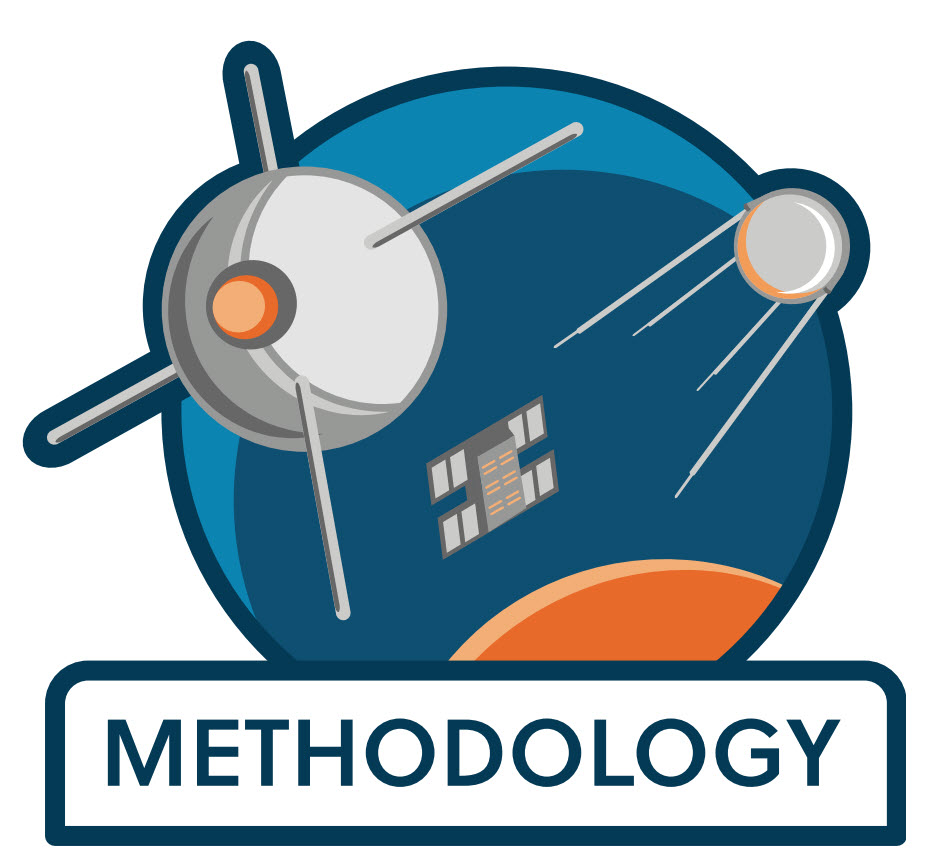Welcome! This user guide is for anyone who will use LiquidPlanner for task management. These 4 steps will help you get set up in your workspace and get you on your way to cruising through your tasks!

As a team member, it’s common to have project after project piled onto your plate along with one-off tasks and urgent interruptions that need to be worked in somehow – likely from different clients, teams and even managers. You’re running around trying to keep everyone updated and satisfied and deliver on your goals when all of a sudden, your deadlines come crashing down and everything needs to be done…tomorrrow!? Sound familiar? LiquidPlanner can help!
How we help you:
With LiquidPlanner, a realistic schedule is calculated for you where it’s impossible to become overbooked and you’re alerted well in advance if any deadlines are projected to slip so you can avert crisis before it’s too late. Using LiquidPlanner also means all of your projects and tasks live in one centralized location where you can collaborate with colleagues and have your plan updated automatically in real time as you work. This means less taps on your shoulder asking for status updates or less digging through buried emails to find an answer – it’s all in LiquidPlanner keeping everyone in sync. See the impact of your work on the project immediately and pull important data that helps plan future projects and keep you and your team on track.
Note: Make sure you’re familiar with the basics before moving through this user guide.
Looking for a different user guide?
- If you manage a team or plan and monitor projects in LiquidPlanner, check out the User Guide for Managers »
- If you’re an executive looking for a high-level view to monitor you department’s projects or use project data to make business decisions, check out the User Guide for Executives »
1. Join the workspace
The first order of business is getting signed in to your company’s workspace for the first time. In order to sign in, you’ll need to be invited into the workspace by a workspace administrator. Wait for the email notification to arrive in your inbox, accept the invite, and follow the prompts to create your LiquidPlanner login.
Once you’re logged into the workspace, open up your User Menu in the upper right corner and select My Profile to make sure everything is set up correctly. Upload a profile photo and make sure your Availability reflects the number of hours per day you’ll spend on project work in LiquidPlanner.
This is a good time to check in with your project manager and have a conversation about your company’s expectations and guidelines for using LiquidPlanner. Ask about how your projects and tasks are organized and prioritized in the workspace and what areas you should be most familiar with.
2. Find your work
Navigate to the My Work tab to review your task assignments, which are listed for you in priority order. Remember from Welcome to LiquidPlanner that the order of your tasks is determined by how work has been prioritized on the Projects tab. If the order of your tasks doesn’t look correct, take a minute to sync up with your project manager and review how your work has been prioritized.
If each team member is responsible for prioritizing their own tasks, head over to the Projects tab to adjust the priority order yourself. In the Projects tab filter capsule at the top of your plan, use the Focus Filter and select My Tasks to easily find work assigned to you. If you’ll be working from the Projects tab often, be sure to learn about Filters, Favorites, and Your Personal Columns Display to save you time.
3. Tackle your work
You’re now ready to start working on your very first task in LiquidPlanner.
Begin with the first task at the top of My Work. Click on the task name to open the Edit Panel. Use this panel to keep all task details in one place – add checklists, comments, notes, documents, images, links and more.
As you work on each task, make sure you do the following (it only takes a few seconds, we promise!):
Track Time. In order for your schedule to be accurate you need to log your time. Try out a few time tracking options to find out which one will work best for you. Track time as you go or, at minimum, once a day.
Check the Estimate. As you track time, the remaining effort is automatically reduced. If necessary, go ahead and re-estimate the task to reflect the amount of work left. Always double-check the remaining estimate to keep your schedule accurate.
Collaborate. From the Edit Panel, you can communicate project updates and share information by adding a comment. You can address your comments to other workspace members or entire teams to drive email notifications letting them know about your comment.
Tip: Review your email notification settings from your User Menu > Notifications to choose what type of email notifications you receive from LiquidPlanner. Check with your project manager to see if there are any specific guidelines around which notifications you receive.
4. Take the next step
Watch these videos for more information on how LiquidPlanner helps get things done:
Visit the Knowledge Base to learn about specific features and helpful tips for using LiquidPlanner. Below are a few help articles to get you started:
Introduction to Plan Items
My Work
Edit Panel
Tracking Time
Your Personal Notification Settings




